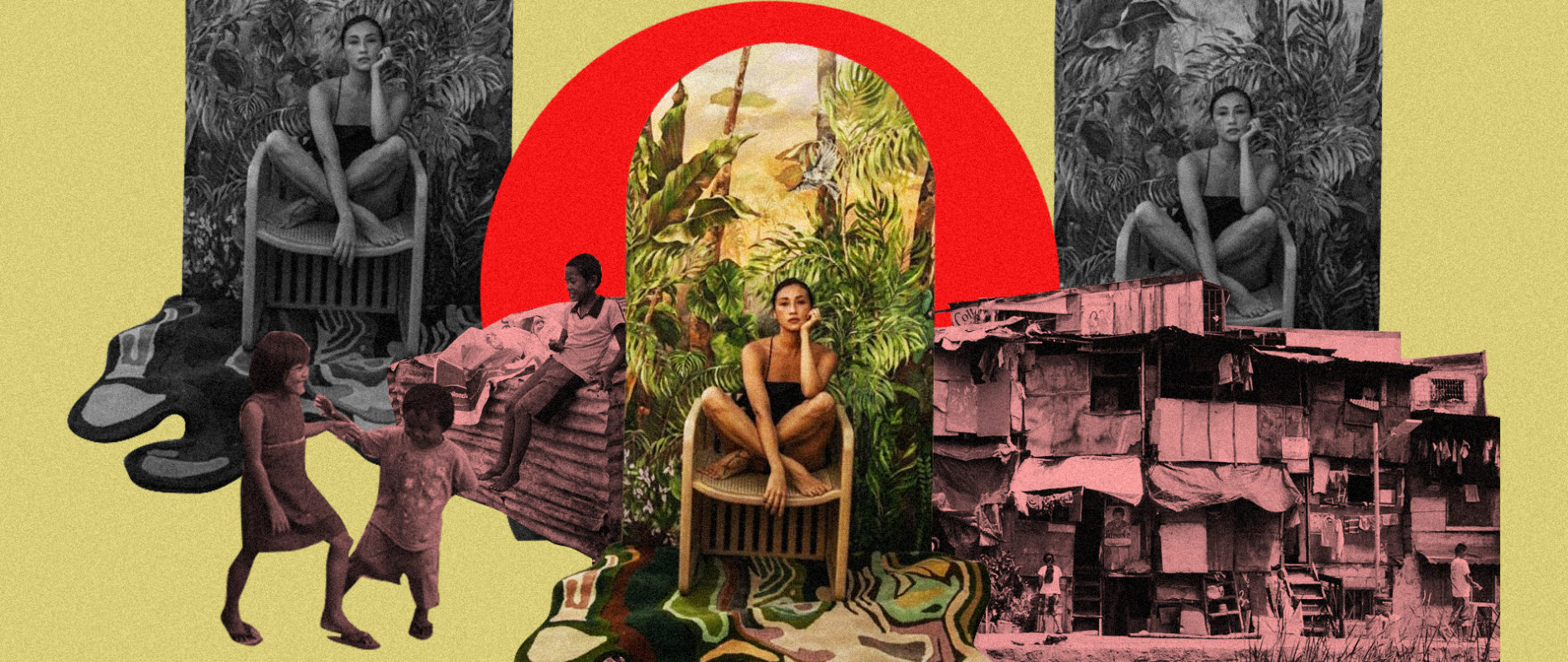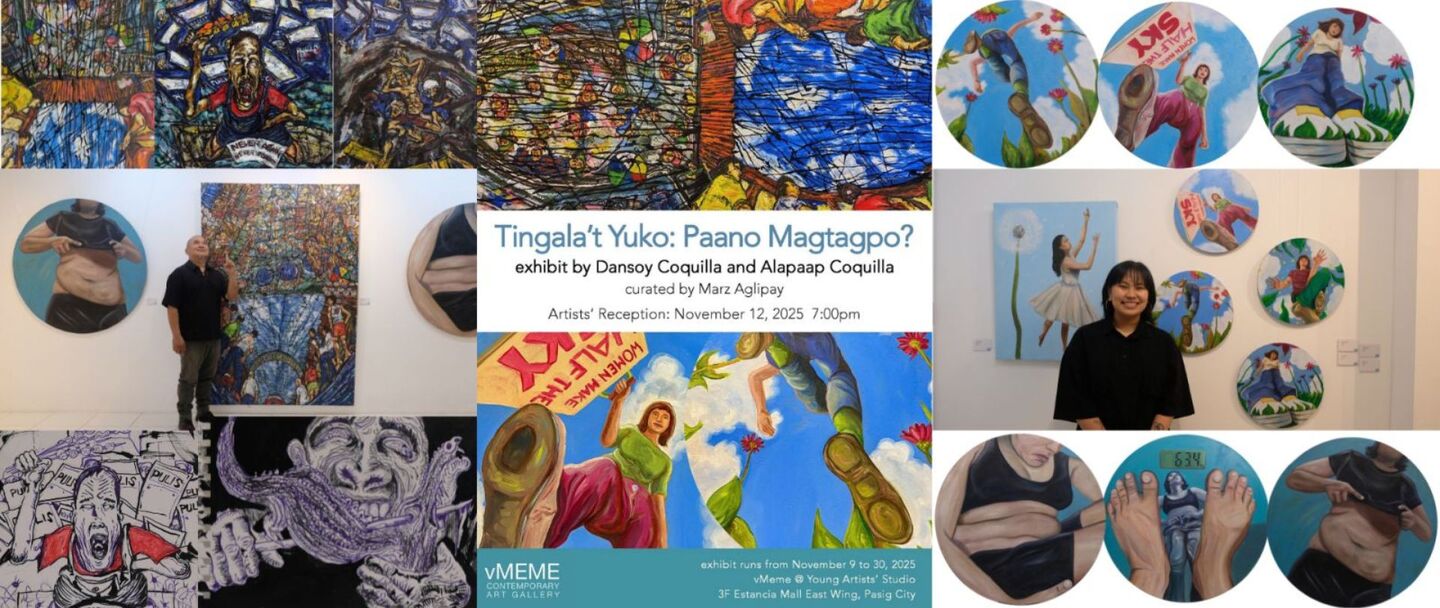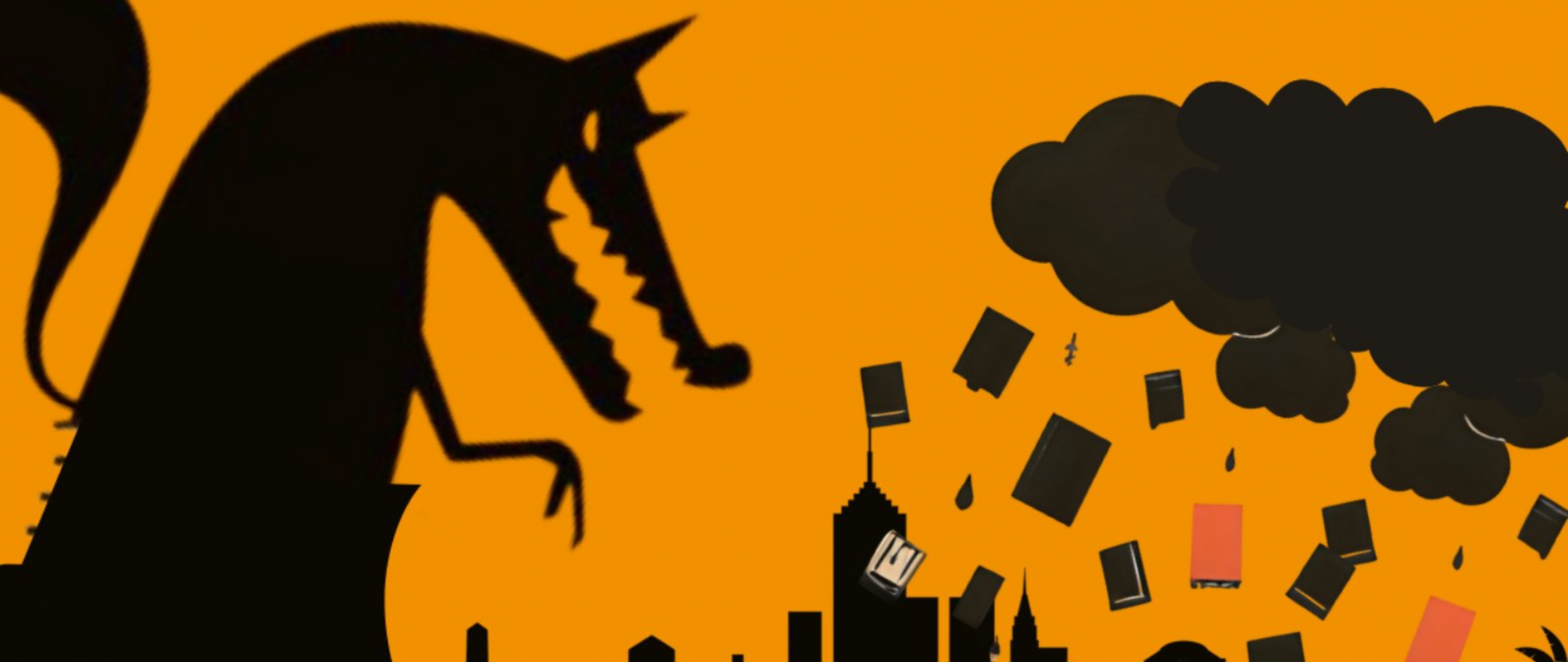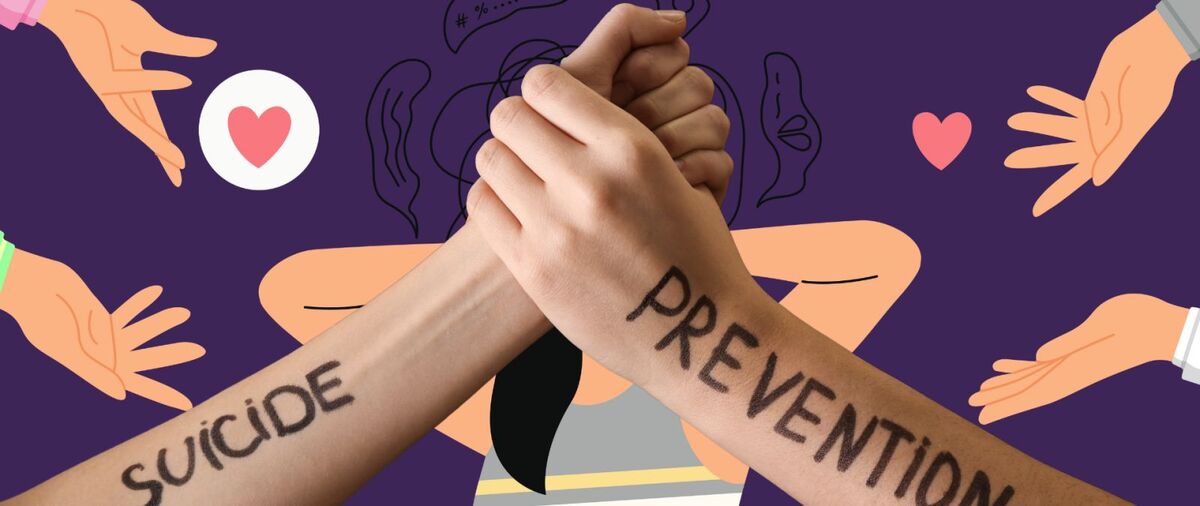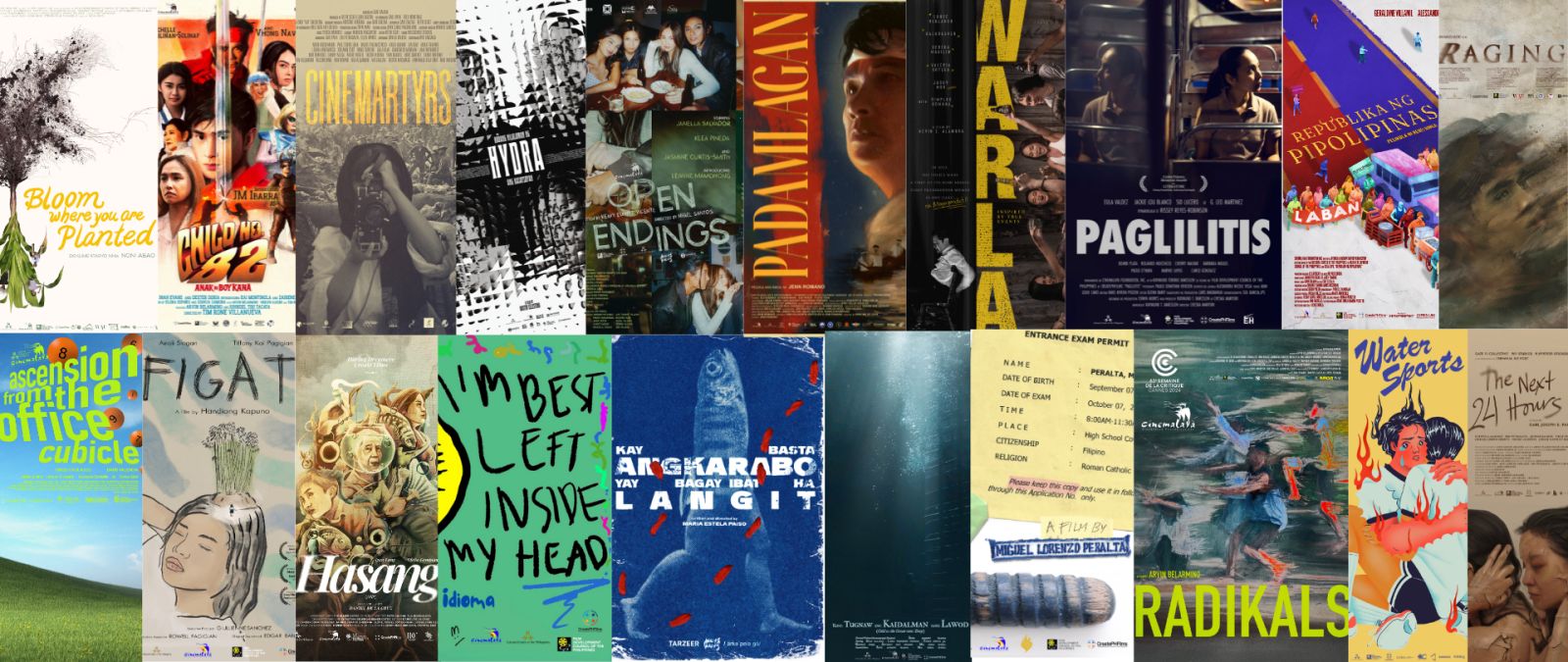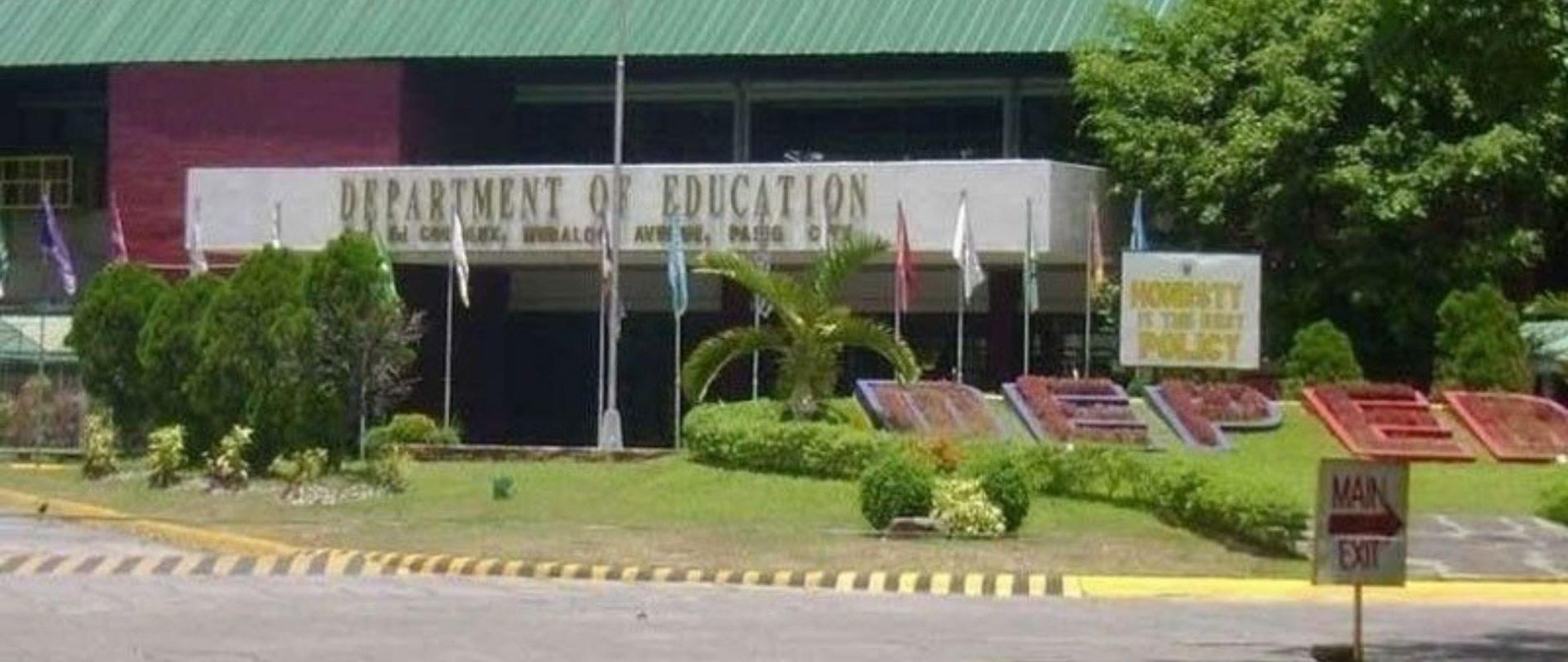THE DISCUSSION ON ‘POVERTY PORN’ AND HOW SOLENN HEUSSAFF’S ART STANDS ON THE ISSUE
Actress, TV personality, entrepreneur, and realism artist Solenn Heussaff drew flak over the announcement of her third solo exhibit with Modeka Creative Space, which people of the Internet deemed to be 'tone-deaf' and a classic example of 'poverty porn'.
Art is, at the very core of it, a form of self-expression and a means to communicate a message without the use of words. This lack of straightforward communication opens artworks to personal interpretation and translation, and although that’s generally part of the experience of art consumption, it also presents problems when tackling sensitive issues such as subjects concerning social justice and political discourse.
Thus, the concept of “poverty porn” in art. Poverty porn, by urban definition, refers to artists and content creators capitalizing, romanticizing, or just downright using impoverished and marginalized communities to bring more attention towards their work. The term is often times used with YouTube creators excessively filming and seemingly “milking” clips of poverty-ridden slums, stories of hardships from street vendors they encounter, and the like, in order to bait more viewers.
In this case, however, the most recent collection of work that has been accused of “poverty porn” by the Internet is Solenn Heussaff’s latest exhibit announcement.
In an Instagram post that has since been deleted, the celebrity artist revealed her third solo exhibit at Modeka Creative Space in Makati, pegged to open from March 26 until April 24. The photo that accompanied the announcement was of Heussaff posing on a chair in front of a tropical backdrop, with an abstract-designed rug at her feet. What got critics and concerned netizens talking, though, was the fact that the photo was shot in the slum area, surrounded by the urban poor—a subject that is apparent in most of the artist’s realism paintings throughout the years.
Entitled “Kundiman,” Heussaff shared that the exhibit aims to express her love for the Philippines, and its people. But judging from the reaction of the Internet, the message hasn’t been received the way the artist intended.
On Wednesday, March 3, right after the announcement was posted, the artist trended on Twitter with netizens joining the discourse on whether or not the shoot was appropriate or a classic example of privileged individuals capitalizing on the masses’ financial plight.
On one side, people defended the exhibit and emphasized that it merely intends to raise awareness on the reality of poverty in the country. Moreover, some people expressed their frustration with how seemingly “sensitive” social media has become to rich celebrities doing anything connected to the masses.
Solenn Heussaf is one of the best contemporary social realism painters today, but those Filipino talangka artists and critics ignore her because she's a woman. Oh she's rich and biracial too. She and other artists should be free and allowed to do whatever they want aesthetically. pic.twitter.com/xAuRm6Cx9t
— Miyako Izabel (@sejoalzir) March 3, 2021
I don't see anything wrong with her art. As we know art is an expression and as an audience we can interpret it in various ways. We can look at the negative positive side of it. I think people judge that way because it's Solenn. If it's an ordinary person, we don't say a thing. pic.twitter.com/TiVjmvcECI
— Ms Beb (@bebinvestor) March 3, 2021
Art is Personal. Unpopular opinion : Solenn could be using the location to increase awareness of the nation's poverty situation. Or this was intentional to create buzz. How you take it is totally up to you. Like I said, art is personal.
— Adam Baruell (@adambaruell) March 3, 2021
In contrast, critics stressed the fact that poverty is already a well-known fact in the Philippines, and creating art to simply “raise awareness” for it—instead of contributing action or donations to the cause—no longer fits the bill. Netizens on this side of the fence talked about how Heussaff’s privileged position to use the urban poor as mere marketing material was “tone deaf,” “insensitive” and one more example of the rich using poverty for aesthetics.
Posturing luxury against a backdrop of poverty contributes nothing to the interests of the urban poor, who are already marginalized economically & politically. Aesthetic exploitation is a spit in the eye.
But Solenn won't understand that bc she doesn't live in their reality ????????
— Mon Sy #StandWithBakwitSchool #OustDuterte (@YearoftheMonSy) March 3, 2021
My two-cents on the Solenn issue: we don't need more rich celebrities raising awareness on poverty in this country. What we need are people who are able to bring solutions and tangible help to our marginalized communities.
— Josher (@josherquizon) March 3, 2021
Not Solenn Heussaff using poverty porn for her art project, na wala akong nakikita na pagmamahal para sa bayan or whatever except her sitting on a 'throne' of privilege with backdrop of the poor.
— pat ⁷ ???? (@tanginarizaki) March 3, 2021
The discussion surrounding the controversy ultimately opened a wider conversation on what is and isn’t acceptable when it comes to integrating poverty into showing reality through art. While the Internet was split in half, the points of each side presented some interesting insights to consider in terms of the thin line between realism and so-called “poverty porn.”
After an onslaught of varying comments received on the original announcement post, Heussaff shared another caption on Instagram reflecting on the debate, and apologizing for her choice of setting. She also stressed that she only intended to use her platform to showcase the reality of Filipinos, but admitted to have overlooked the dangerous social impact it may also lead to the cause:
“[I] Wanted to shoot it in a typical street, those we drive by everyday. Streets full of life, since all my paintings are about the people we see. Not the rich or the poor but people for who they are. Humanity. The choice of painting was to show the environmental side. The abundance and balance of what life was, but also growth and hope.
“It wasn’t my intention to hurt or offend anyone. It was my hope that I could lend my voice and my art to show the reality of Filipinos. This is the heart and inspiration of all my paintings, both old and new. I did not want to romanticize the poverty of the everyday Pinoy or the resiliency that we naturally have. I really hoped to honor our people by being truthful about the kind of life a lot of Filipinos live today and to show that Filipinos deserve better.
“Thank you for letting this be an eye-opener for me as well. And to those that I have offended, I am sorry.”
The apology post, whether necessary or not, seems to have been received warmly by the Internet as it showed the artist’s sincerity on the subject. And now that the issue has rested to a close, some netizens used the controversy as an example of why it was important to objectively call out personalities when they do something concerning, instead of going in straight for the kill and adapting to “cancel culture.”
One Twitter user stated that Solenn apologizing and learning from criticism was a result of the objective debate online that focused more on the issue, instead of the usual route of ensuing personal attacks to the artist. He wrapped up the Tweet with a call for netizens to engage with personalities in a nicer way, in order to encourage conversion and discussion without the need for insults, fights, and cancelling.
Solenn posting an apology and accepting valid criticisms is WHY we call out objectively. We do not always have to antagonize a potential ally. So what have we learned?
Calling out people for their dangerous actions is important, but it also wouldn’t hurt if we can be nicer. https://t.co/Ow8J52xYZV
— Tito (@maroontito) March 4, 2021

